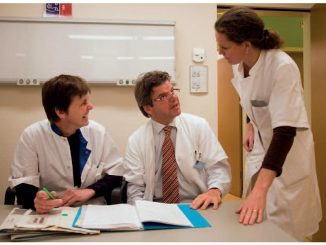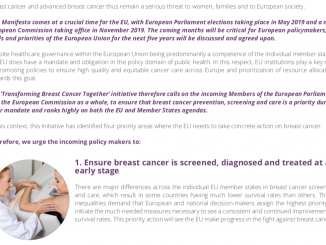Training Egypt’s breast surgeons in techniques of plastic surgery is giving survivors a better quality of life and transforming women’s attitudes towards the disease. Having proved it is possible in his own country, Omar Youssef is now helping other developing countries do the same, as Anna Rouillard reports.
Breast cancers in Egypt are more deadly than they are in the West. They strike at a younger age – around ten years younger than the average in Western countries. They are more aggressive. And they are picked up later – six in every ten new patients are diagnosed with locally advanced disease.
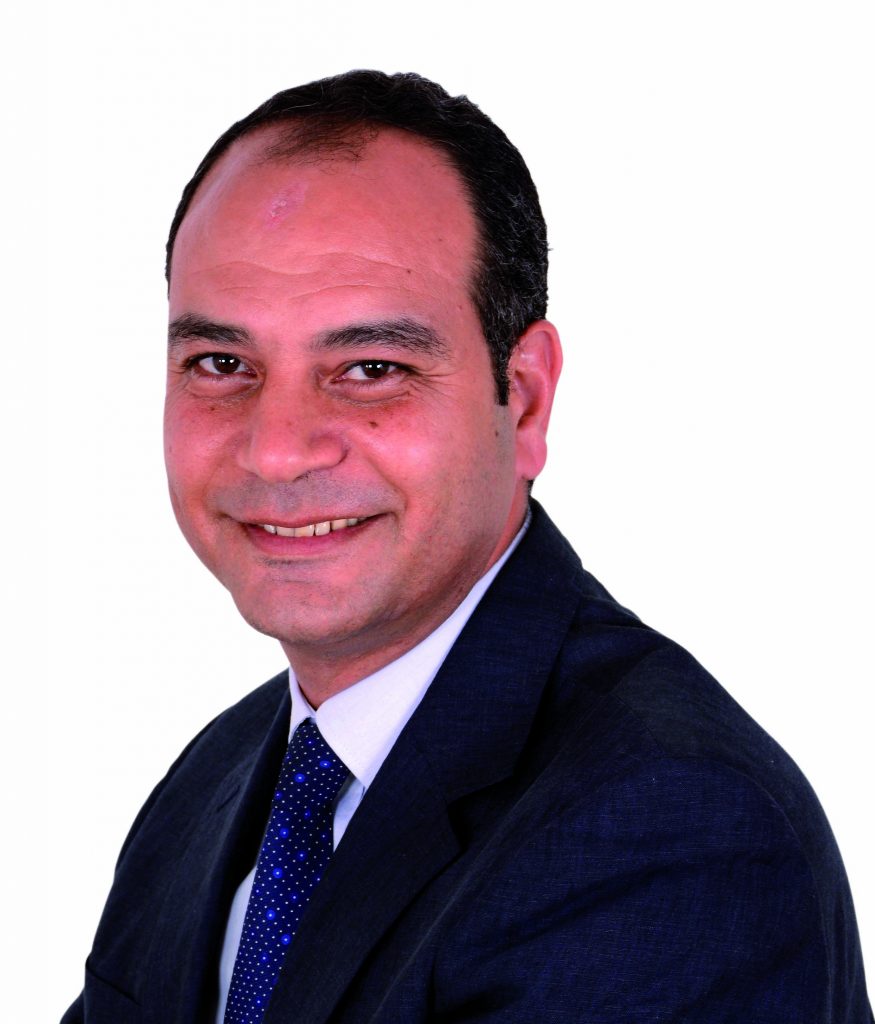 So training Egypt’s breast surgeons in how to achieve the most aesthetically pleasing outcomes for their patients might not be considered an obvious priority. And yet it is – thanks in large part to Omar Youssef, professor of surgical oncology at the National Cancer Institute in Cairo.
So training Egypt’s breast surgeons in how to achieve the most aesthetically pleasing outcomes for their patients might not be considered an obvious priority. And yet it is – thanks in large part to Omar Youssef, professor of surgical oncology at the National Cancer Institute in Cairo.
In recent years he has been part of a cultural revolution that he believes has “changed the face of breast surgery in Egypt,” inspiring breast surgeons to consider reconstruction as an essential part of their job and helping patients regain their confidence after treatment. It is also changing the whole way women think about the disease, says Youssef, which could help improve survival rates because they are less fearful of asking a doctor about suspicious lumps.
“Cultural taboos around cancer have been declining in Egypt in recent years, but denial is very common in the Middle East – far more so than in the West,” he says. “While awareness of the importance of breast self-examination has improved a lot over the past 10 years, when a woman finds a lump herself, she often goes into denial about the possibility of it being something dangerous. Unfortunately, tumours may be ignored for so long that by the time the patient sees a doctor the disease has progressed to an advanced stage, requiring major treatment.”
Until the late 1990s, Egyptian women undergoing surgery for breast cancer would, for the most part, undergo partial or radical mastectomies with little or no reconstruction afterwards. “Breast reconstruction was sporadic, with only one or two cases per year in the whole country,” says Youssef. “At this time we didn’t have the expertise in our country to perform it.”
Youssef was adamant that Egyptian women should have access to the kind of aesthetic surgery that women in the West were receiving. His determination led him to Milan, where a fellowship in the department of plastic and reconstructive surgery at the European Institute of Oncology gave him the chance to learn the necessary skills and expertise.
“I was absolutely delighted to be offered this fellowship,” he says. “It was 1998, I had just finished my surgical oncology training in Cairo, and was developing an interest in reconstructive surgery. Having the opportunity to train in a world-class institute determined the course of my career as an oncoplastic surgeon.”
Oncoplastic surgery is the combining of plastic surgery techniques with breast cancer surgery. It aims to ensure an aesthetically appealing result to breast surgery, and includes breast reshaping, such as lifting, reduction, augmentation, remodelling, fat injection and implants, and using skin flaps from other areas of the body to correct defaults.
“These techniques are not used in very early disease, but rather when there are larger tumours,” says Youssef. “Conventionally we would have removed the whole breast, but now, thanks to plastic surgical techniques, we can keep the breast by doing some reduction or remodelling and preserving an appealing shape at the same time as removing the diseased tissue.”
In many cases, he adds, both breasts are operated on. “Working on both sides guarantees the best aesthetic result, and also gives us the chance to take a biopsy from the other breast.” Breast reduction is commonplace, and reducing the volume of both breasts may also lower the risk of future cancers, he says.
There are also downsides to working on both breasts, however. “Of course it is a more lengthy operation and requires longer postoperative care, and sometimes causes the patient some anxiety,” says Youssef, but most women are very pleased to have a reduction in the volume of their breasts.
The advantages of a more aesthetic outcome may seem self-evident, yet on his return to Cairo after finishing his fellowship, Youssef found his patients somewhat reluctant to contemplate anything beyond the need to remove the cancer.
“While lumpectomy and mastectomy were seen as necessary, life-saving operations, reconstruction was perceived as superfluous extra surgery, and the benefits were not really appreciated,” says Youssef. “It took a lot of persuading for my patients to appreciate that reconstruction could be achieved in the same operation as the removal of the tumour, and that they would come away from the operation with a very natural look and feel.”
Attitudes are changing however. Today, Youssef’s patients specifically request reconstruction. “They no longer fear mutilating surgery, and knowing there will be a visually appealing result at the end actually helps motivate them. We counsel the patient beforehand and explain the various techniques as well as how they might look afterwards, so they can take informed decisions.”
Changing how Egypt does breast surgery
A chance to spread oncoplasty techniques among breast surgeons working across Egypt came in 2008, when Youssef met with Alberto Costa, a fellow breast surgeon and head of the European School of Oncology (ESO). Youssef explained the situation and proposed the organisation of an ESO course on oncoplastic surgery in Cairo. “Thanks to Alberto Costa, who gave his full support to this idea, we had a first, highly successful meeting in 2009.”
Costa chose a faculty from the UK, led by Dick Rainsbury, Consultant Surgeon at the Royal Hampshire County Hospital and four of his colleagues. “This was an absolutely fantastic faculty, and I can’t tell you how this course changed the face of breast surgery in Egypt”, enthuses Youssef.
“These professors inspired Egyptian surgeons to consider breast reconstruction as an essential part of their job – it completely changed the scope of what they do on a daily basis.”
The course included a live video demonstration projected to an auditorium of surgeons who could interact with the faculty and ask questions.
“I remember vividly how shocking these procedures seemed to our staff at the time, because they were totally new to them. But now, just eight years later, they are a routine part of our daily practice. This is how much things have changed in such a short space of time!”
The oncoplastic surgery course now takes place every March. Led by Youssef, it has become an integral part of the NCI’s training programme.
In recent years, oncoplastic surgery has seen a surge in popularity, says Youssef, and numerous courses are popping up throughout universities and cancer centres. “Training can consist of cadaveric dissections, or working on real-life models or real patients, drawing lines and planning how to perform the surgery on them. We also now use models made of foam that can be cut and sutured like in real surgery.”
Youssef insists that surgeons are sufficiently trained before attempting the techniques on patients. “Even if oncoplastic surgery has become more popular and widespread, I don’t want it to be misused. It should be the sole domain of surgeons who have received training and are skilled in the techniques – general surgeons should not be permitted to do it.”
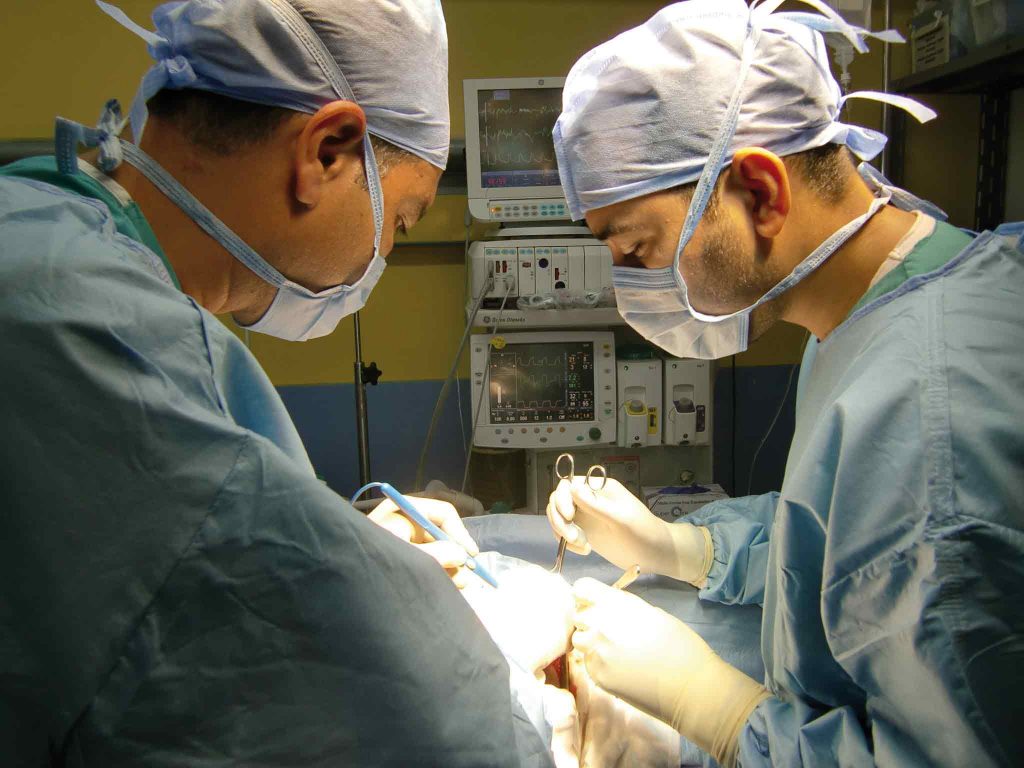
He has seen what can go wrong when unqualified surgeons attempt oncoplastic surgery. “The consequences can be cosmetic, with ugly outcomes, or if the tumour is not properly removed there can be a higher chance of recurrence. Each patient is different, and not all patients are suitable for specific types of surgery. Women with larger breasts usually need some type of reduction, but there are several types of reduction, and the surgeon needs to know which one to choose for the best clinical and cosmetic outcome.”
In some countries, namely the United States and South America, the breast surgeon removes the tumour then hands over to the plastic surgeon, who finishes the operation. Egypt, however, follows the practice in countries like France and Italy, where it is commonplace for one surgeon to both operate on the tumour and subsequently reconstruct the breast.
“I think breast surgeons should be capable of doing both techniques,” says Youssef. “I don’t think it is the right approach that someone continues what somebody else has started.”
Expertise can be gained step-by-step, he says, by following courses of increasing difficulty and complexity. If at any point a surgeon finds themself needing to do something that is beyond their level, they should immediately refer their patient to a more specialised centre, he insists.
Thanks to the training initiated by Youssef and ESO, today, many of Egypt’s cancer centres have surgeons who can perform a wide array of oncoplastic surgical techniques. A recent survey of patient reported outcomes shows that patients who received oncoplastic surgery are highly satisfied with the procedure and with the support and advice given to them by the surgeons and healthcare staff.
“The aesthetic outcomes we can now provide for Egyptian cancer patients no doubt have a strong positive impact on their quality of life. Body image is very important to them and my patients report being able to rapidly resume normal life. This is really fantastic. I feel so happy when I realise how satisfied my patients are with the outcome of their surgery.”
Changing attitudes
Marwa Omara, who was diagnosed with early breast cancer in her early forties, is one of them. She agrees that fear of breast cancer, particularly among younger women, is often tied up with fears about the impact it may have on the way they look and their sexuality, and says, “it is important to choose a doctor who you can trust, and you can talk to about your fear and your options, to reach the right choice for you.”
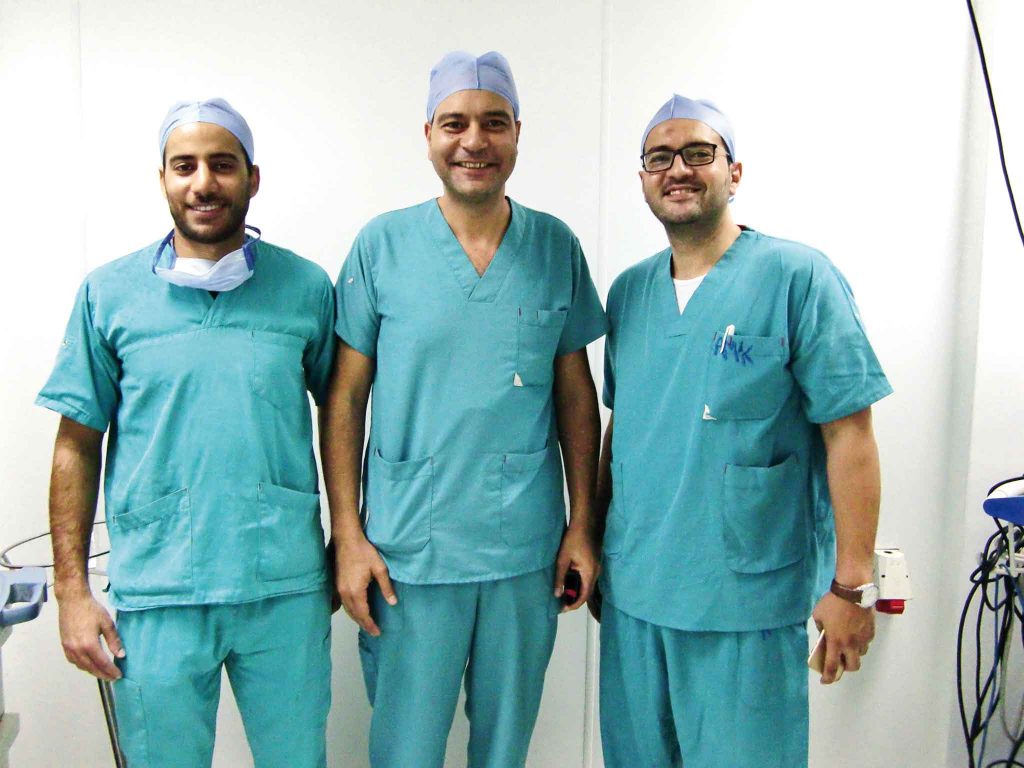
“It was important to me to choose the surgery that removed the cancer safely, but at the same time conserved the breast’s shape after the cancer was removed,” says Marwa. “Professor Youssef explained to me in detail that, in my case, I could safely undergo breast conserving surgery and he would find out whether the cancer has spread to the lymph nodes under the left arm. In my case, lymph nodes were also removed as part of the surgery.”
She believes that the widening access to breast surgeons who are trained in oncoplasty techniques is beginning to reduce some of the fear around being diagnosed with breast cancer, which could possibly help improve early detection. She cites her own case as an example: “I took almost a year to go for mammography after I realised a clear change in the shape of my left breast.” Positive experiences of treatment and care are now helping women like her overcome that fear, she says.
Perhaps the best thing of all, argues Youssef, is that this great value to patients comes at a sustainable cost. “You don’t need special instruments or set-up, you just need to invest in surgeons so they become skilled in the techniques. Whether a country is rich or poor, every patient has the right to receive the best treatment possible. An aesthetic outcome after breast surgery is not a luxury, but an integral part of the treatment of breast cancer. We have proven that it is within our means, as a developing country, and it has made an enormous difference to patients and cancer management in Egypt,” he says.
In his capacity as the recently-elected President of Breast Surgery International, Youssef now intends to spread this message – and the oncoplasty techniques – to other developing countries. “I have just come back from Myanmar where we organised a two-day course on breast surgery and reconstructive surgery. We are doing the same in different parts of the world. What I want to do during my two-year tenure is take what we have done here in Egypt and use it as an example for other low- and middle-income countries.
I have a fantastic Board who share the same ideas, so I really think we will be able to do great things.”



